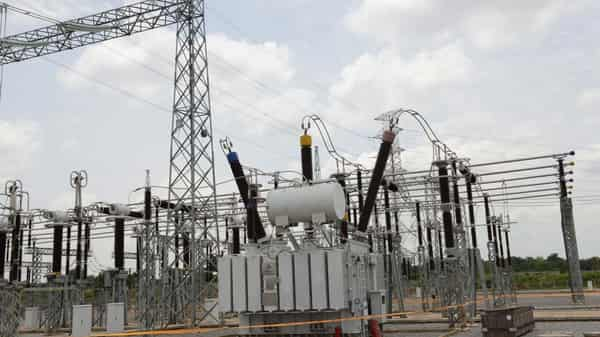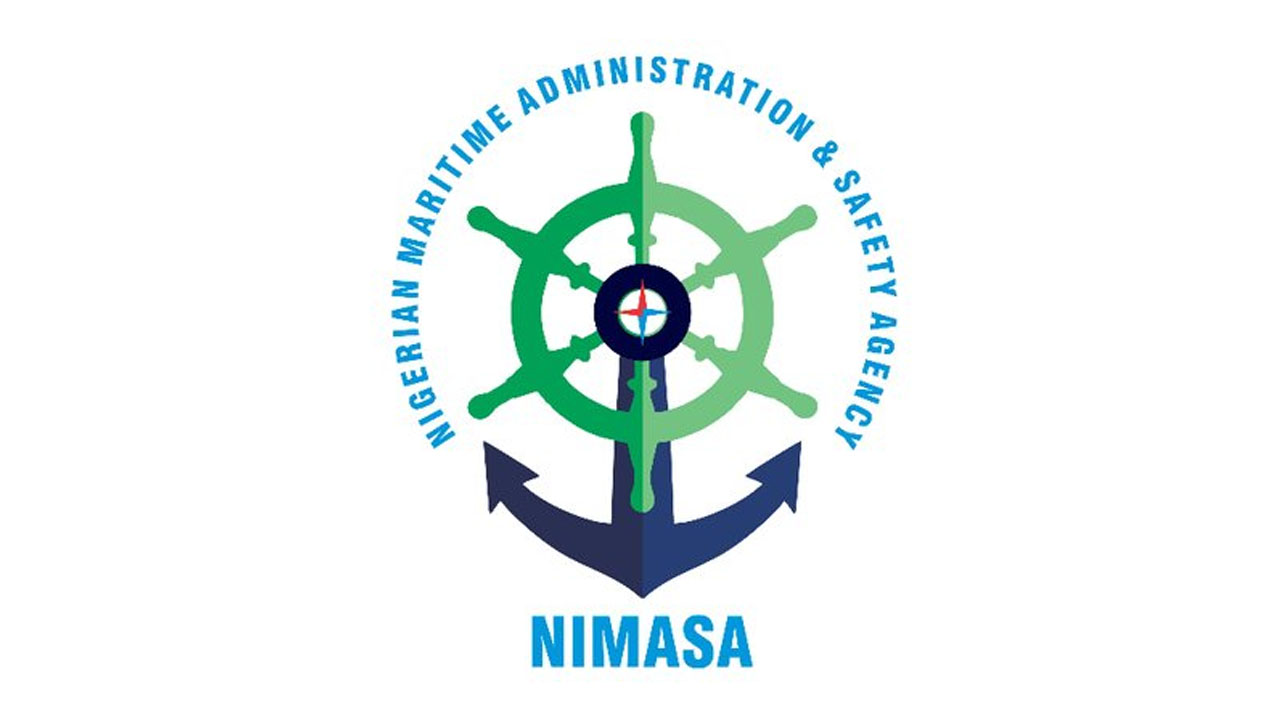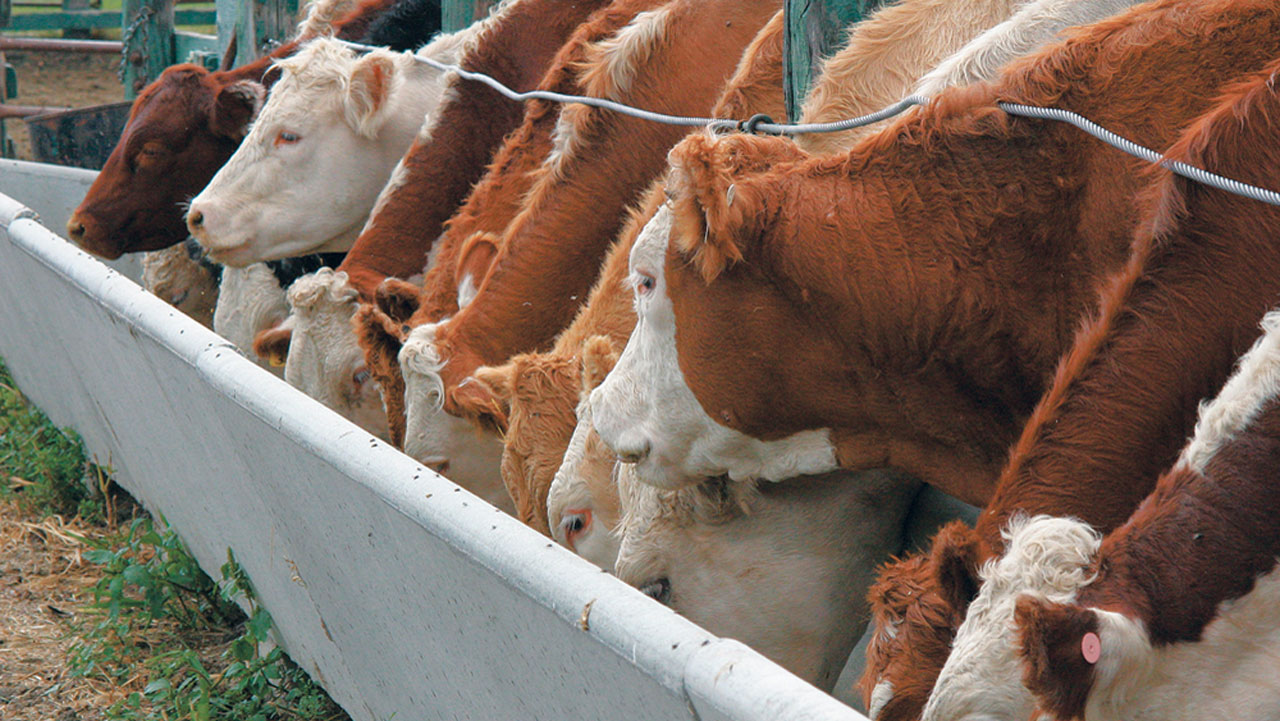•Neighbouring countries owe $17.24 million
Despite regulatory efforts to improve efficiency and cost recovery, the industry continues to battle illiquidity with a market shortfall in four months hitting N260.31 billion.
The Nigerian Electricity Regulatory Commission’s (NERC) monthly fact sheet reports revealed that electricity distribution companies (DisCos) recorded a shortfall from January to April, underscoring persistent inefficiencies in the power sector’s revenue recovery.
Data obtained by The Guardian showed that in January, the total billing was N250.21 billion. But they recovered only N178.78 billion, leaving a shortfall of N71.53 billion.
In February, total billing stood at N245.93 billion, with collections amounting to N191.75 billion, resulting in a deficit of N54.18 billion. The gap widened in March, as the billing climbed to N265.77 billion, while DisCos collected just N188.89 billion, creating the highest single-month shortfall of N76.88 billion during the period.
In April, the total amount billed was N257.57 billion. But only N199.85 billion was recovered, translating to a shortfall of N57.72 billion.Also, the Commission’s Q1 2025 report reveals that international bilateral customers significantly underperformed in meeting their financial obligations, exacerbating revenue shortfall and deepening liquidity challenges in the sector.
Of particular concern is the low remittance rate from international bilateral customers. Benin Republic, Togo and Niger collectively paid only $5.8 million out of the $17.24 million invoiced in the first quarter of 2025. This translates to an efficiency rate of just 33.6 per cent.
By contrast, domestic bilateral customers performed relatively better, remitting N1.86 billion of the N2.57 billion billed, representing a remittance rate of 72.24 per cent.
Across the 11 DisCos, none of the utilities met their Aggregate Technical, Commercial and Collection (ATC&C) loss targets for Q1, with the average loss across the sector rising to 39.61 per cent.
The figure is nearly double the 2025 benchmark of 20.54 per cent set under the Multi-Year Tariff Order (MYTO), resulting in a cumulative revenue loss of approximately N200.49 billion in just one quarter.
The breakdown of the losses is as follows: technical and commercial losses stood (18.82 per cent), while collection losses reached (25.61 per cent).
This marks a sharp deterioration from the previous quarter (Q4 2024), when ATC&C losses were 35.22 per cent, an increase of 4.39 percentage points.
Kaduna DisCo emerged as the poorest performer, recording a staggering ATC&C loss of 68.57 per cent against a target of 21.32 per cent, a deviation of 47.25 percentage points. Only Kano and Benin DisCos registered marginal improvements, with losses reducing by 3.15 and 0.41 percentage points respectively.
The rest of the DisCos showed a worsening trend, with Yola and Port Harcourt DisCos suffering the most significant decline. The inability of the DisCos to meet their performance targets meant that they could not recover the full revenue requirement contained in their approved tariffs. Current regulations prevent them from passing excess losses on to consumers, raising long-term financial sustainability concerns.
Revenue collection performance also declined over the same period. The DisCos billed a total of N744.27 billion in the first quarter of 2025 but were only able to collect N553.63 billion, yielding a collection efficiency of 74.39 per cent. This was a 3.05 percentage point drop from the 77.44 per cent collection rate recorded in Q4 2024.






